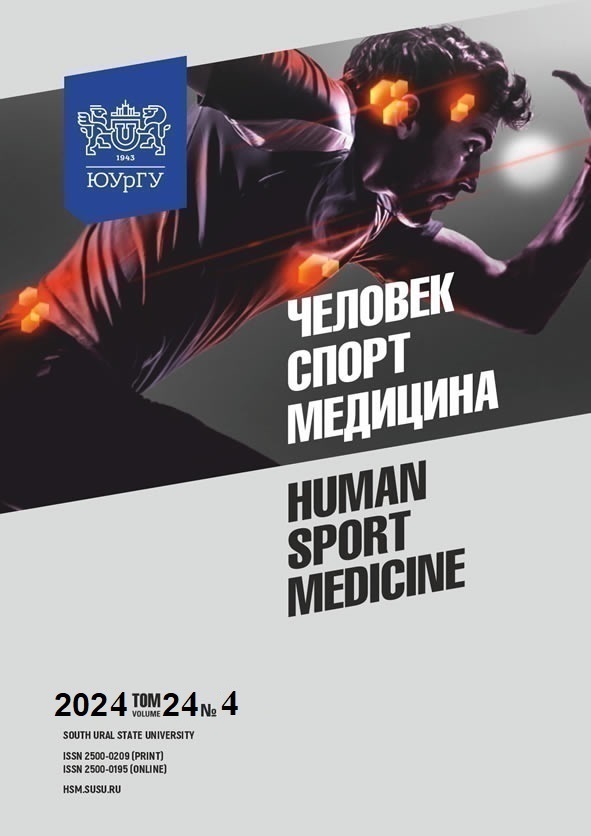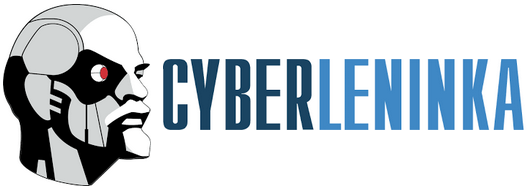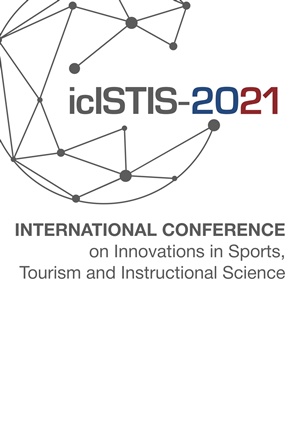EXPRESS EVALUATION FOR MOVEMENT EFFECTIVENESS IN HOCKEY PLAYERS USING COMPUTER VISION
Abstract
Aim. This paper aims to develop a novel methodology for express evaluation of hockey player movement performance during training via computer vision techniques. Materials and methods. The author's approach involves a three-dimensional reconstruction of player movements using the BODY_25 model and a comparison of reconstructed trajectories against reference movements defined by trainers. This comparison consists of the calculation of the average distance between athlete and reference trajectories followed by a threshold-based determination of exercise effectiveness. The author’s analysis involved five attempts by a skilled hockey player to perform a long-puck acceleration throw. Results. Reference points
included shoulder girdle, pelvis, and hand movements. The author’s analysis revealed significant discrepancies between player attempts and standard reference movements, indicating suboptimal performance. Conclusions. This methodology seems to be promising to enhance training effectiveness and hockey performance in general.
References
References on translit
Copyright (c) 2025 Human. Sport. Medicine

This work is licensed under a Creative Commons Attribution-NonCommercial-NoDerivatives 4.0 International License.















